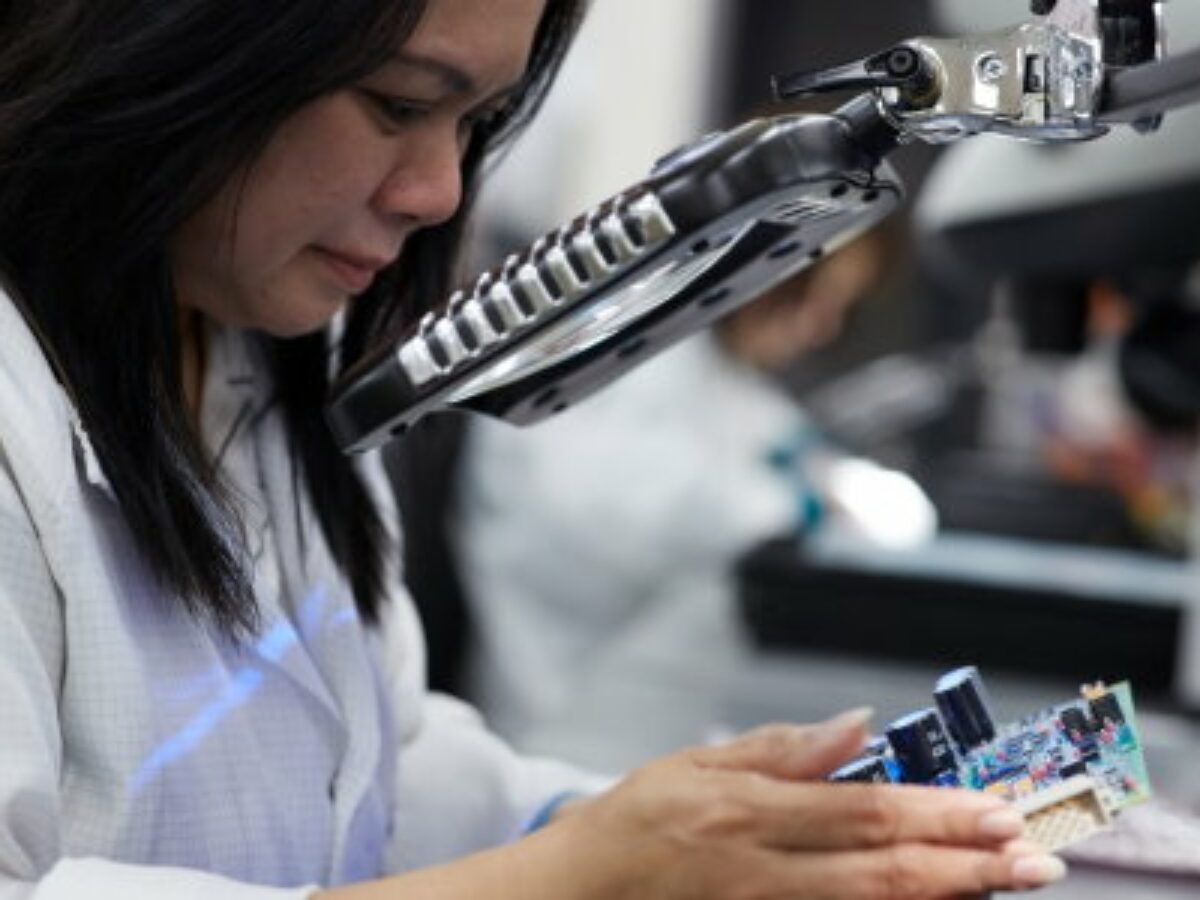Defence scientists eye undersea technology gains

Defence science, public sector researchers and industry are to collaborate to develop significant capability gains in areas such as sonar systems and undersea surveillance.
Projects have begun in the Advanced Piezoelectric Materials and Applications (APMA) Program under a five-year collaboration between DMTC Ltd (formerly, the Defence Materials Technology Centre) and defence scientists to accelerate the development of next-generation piezoelectric materials for defence applications.
The characteristics of an emerging class of third-generation piezoelectrics in terms of reduced weight and power requirements, and enhanced electro-mechanical interactions, offers the promise of order-of-magnitude capability gains in areas such as undersea surveillance and sonar systems.
The programme extends along the entire pipeline from education and training, to research and development, to providing Australian industry with a world-leading capability to design and fabricate piezoelectrics for sonars. The Program is making strategic investments in industrial and research infrastructure.
The first phase of the APMA Program is focused on fully characterising and understanding the properties that will enable piezoelectric technology to be utilised to efficiently produce single crystals of a size required for advanced transducer devices.
This will remove the current reliance on imported single crystal and ensure security of supply for both sovereign Australian and export opportunities.
ANSTO has been a lead researcher in the field of piezoelectrics working with Thales Australia.
Thales develops and manufactures sonar systems in Australia, including the sovereign Mine and Obstacle Avoidance Sonar (MOAS) and High Frequency Intercept Array (HFIA) systems used on board the Collins class submarines.
Australian startup business Critus Pty Ltd will work with DMTC to develop piezoelectric characterisation instruments that will provide unique and rapid insights into the structural properties and performance of piezoelectric material samples.
Universities around Australia have also been brought on board, including UNSW Sydney, the University of Sydney, the University of Wollongong, Monash University, RMIT and the Australian National University.
In an era of increasingly contested seaways and challenging geopolitical conditions, these capabilities will contribute to Australia’s submarine and undersea capabilities and to maintaining superiority under, on and beyond the sea.
A DSTG spokesperson said: “The aims of this five-year program are twofold – first, to stimulate a robust national research program, and secondly to translate that research into a sovereign industrial capability in the manufacture and application of single crystal piezoelectric materials.
“In the space of five years, we expect measurable outcomes for industry and for academia, and we certainly expect to see the manufacture of single crystal piezoelectrics at scale and under industrial conditions.”
Picture: Thales Australia/High Frequency Intercept Array (HFIA) systems
Subscribe to our free @AuManufacturing newsletter here.
Topics Defence
@aumanufacturing Sections
Analysis and Commentary Awards Defence Manufacturing News Podcast Technology Videos






